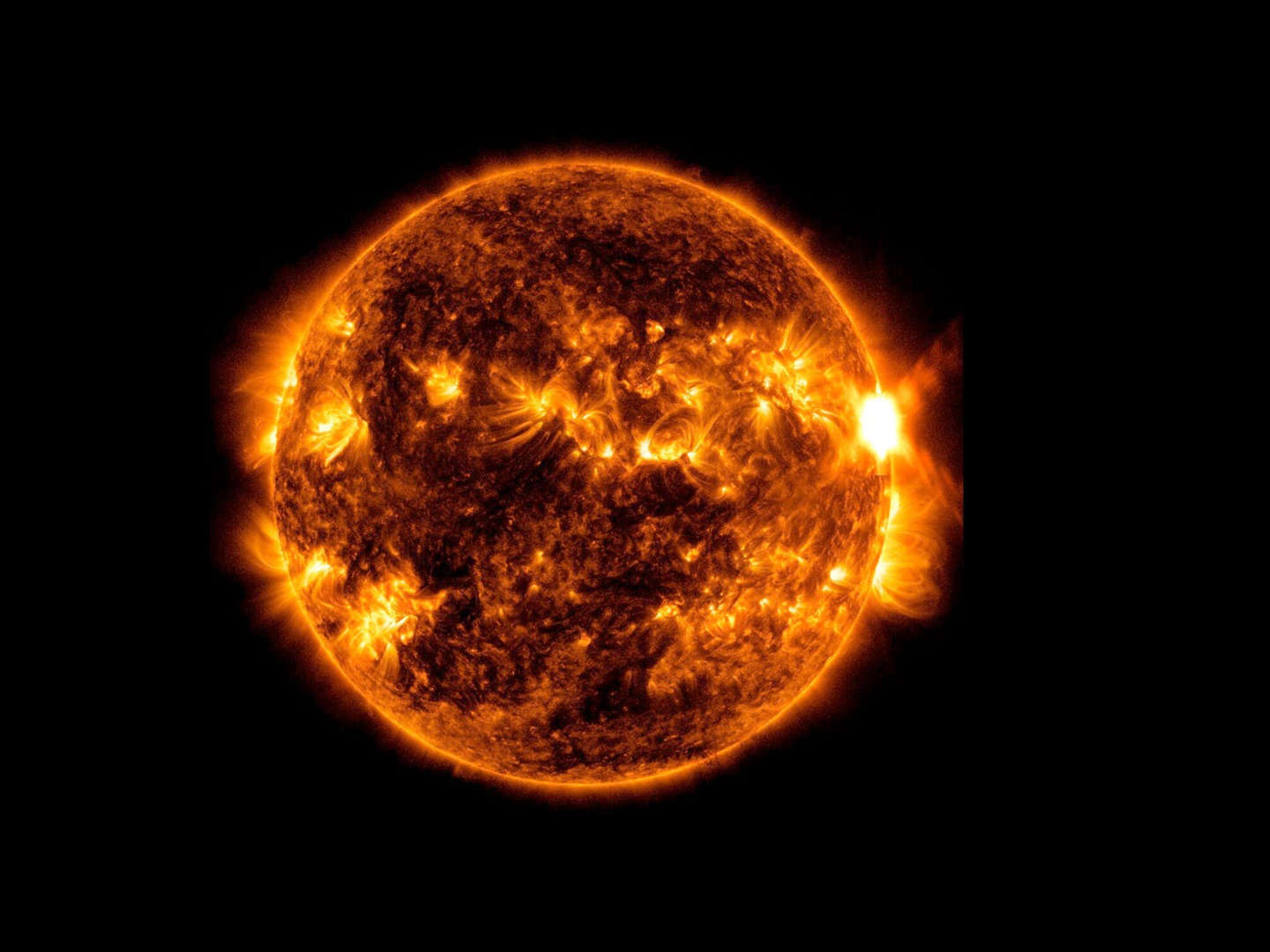Abstract: Recently we established a fundamental mechanism of solar eruption initiation, in which an eruption can be initiated from a bipolar field through magnetic reconnection in the current sheet (CS) that is formed slowly in the core field as driven by photospheric shearing motion. Here using a series of fully 3D MHD simulations with a range of different photospheric magnetic flux distributions, we extended this fundamental mechanism to the quadrupolar magnetic field containing a null point above the core field, which is the basic configuration of the classical breakout model. As is commonly believed, in such multipolar configuration, the reconnection triggered in the CS originated at the null point (namely, the breakout reconnection) plays the key role in eruption initiation by establishing a positive feedback-loop between the breakout reconnection and the expansion of the core field. However, our simulation showed that the key of eruption initiation in such multipolar configuration remains to be the slow formation of the CS in the sheared core rather than the onset of fast breakout reconnection. The breakout reconnection only helps the formation of the core CS by letting the core field expand faster, but the eruption cannot occur when the bottom surface driving is stopped well before the core CS is formed, even though the fast reconnection has already been triggered in the breakout CS. This study clarified the role of breakout reconnection and confirmed formation of the core CS as the key to the eruption initiation in a multipolar magnetic field.

